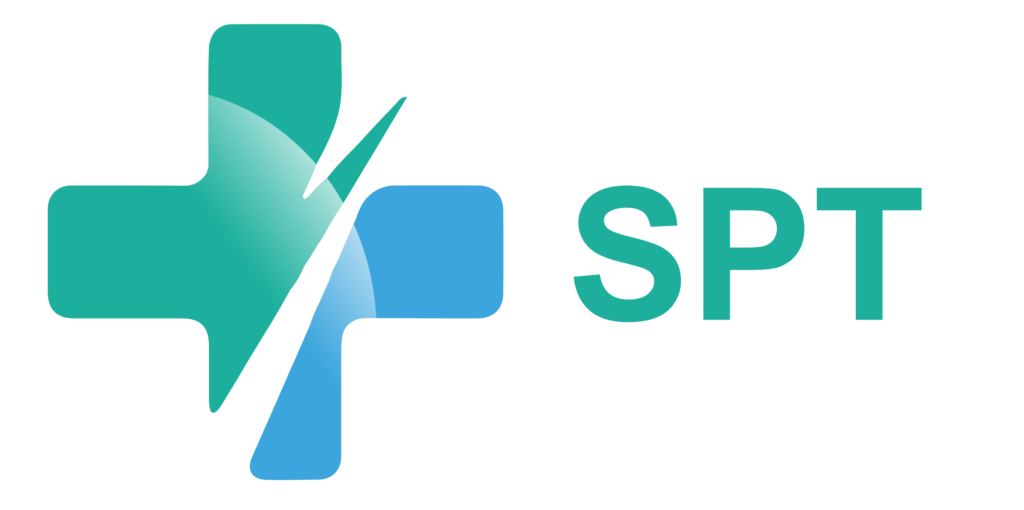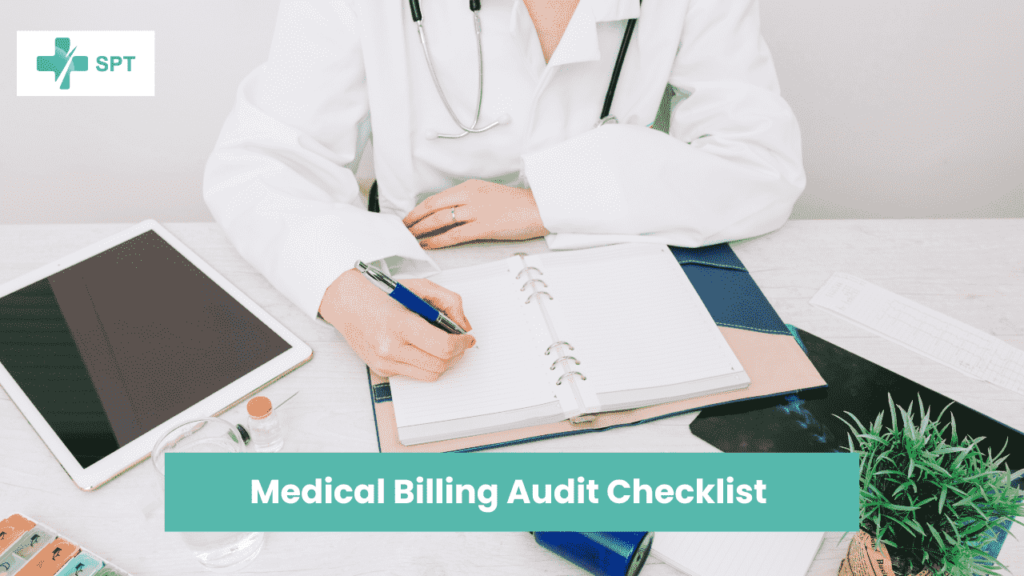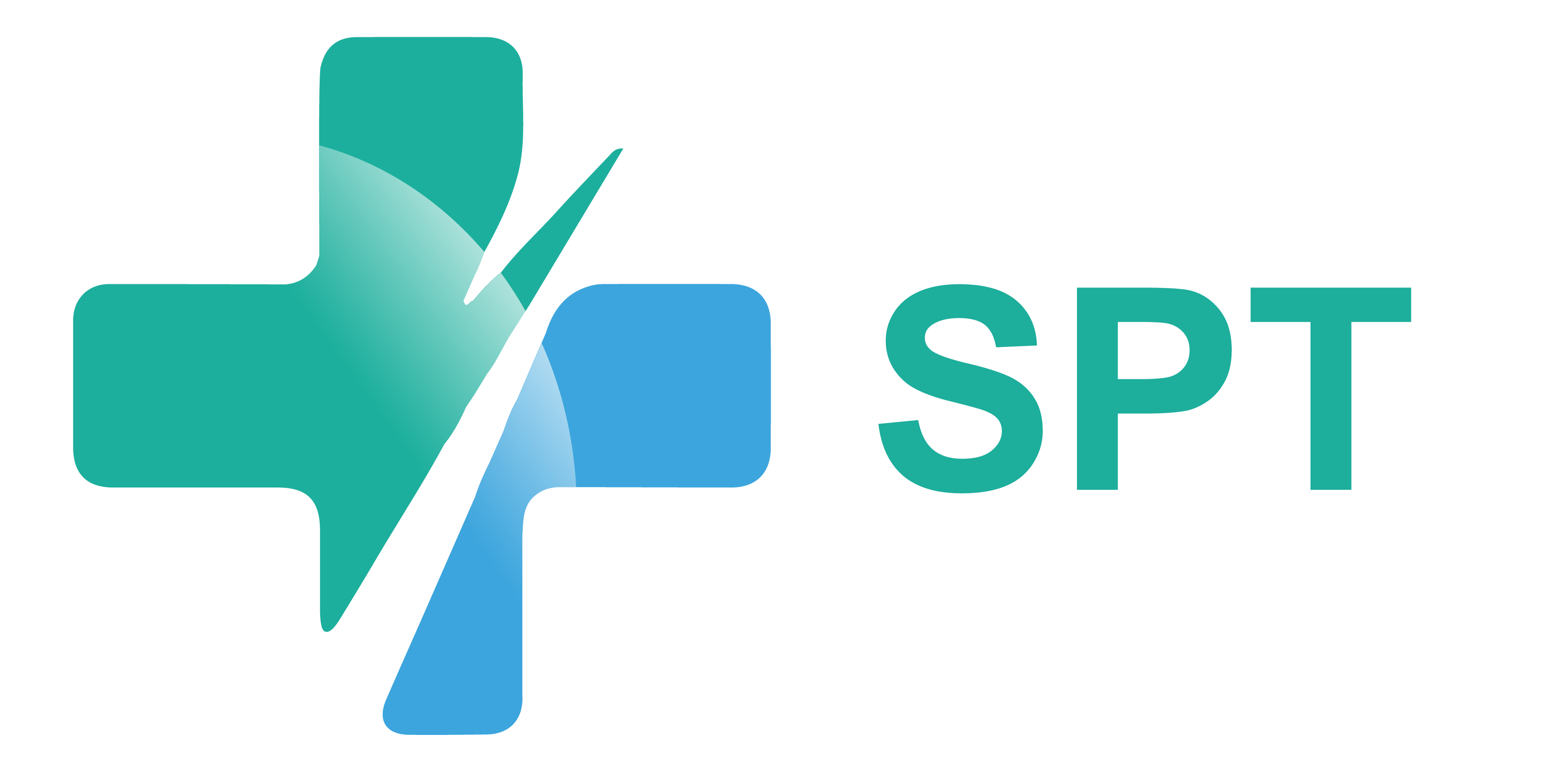A good Medical Billing Audit Checklist can really make a difference in any healthcare system. It’s like having a map when you’re lost. In fact, clinics that use a checklist like this often see big improvements.
Latest statistics show that the healthcare system loses $935 million a week due to medical billing issues, thus by having a robust medical coding & billing audit checklist practitioners can reduce errors, potentially saving thousands of dollars annually.
Now think of next time making fewer mistakes in billing, which can save a lot of money, sometimes even thousands of dollars every year. Plus, it helps you follow the rules, which is super important in healthcare. This checklist isn’t just nice to have, it’s a big help for keeping things running smoothly and making sure the clinic’s money is on track.
What Is the Medical Billing Audit?
A medical billing audit is like a health check-up but for medical bills. It makes sure everything’s billed right and according to the rules. Here’s what it involves:
- Checking Records: Looks at patient records and bills to make sure all the info matches.
- Rule Following: Confirms the clinic follows all the billing laws and guidelines.
- Spotting Mistakes: Finds any errors in billing to fix them.
- Money Saving: Helps clinics avoid costly mistakes and penalties.
- Training Tool: Shows where staff might need more guidance on billing correctly.
It’s about making sure clinics bill correctly and fairly, helping them save money and stay out of trouble.
Medical Billing Audit Checklist
Is patient data accurate?
Are coding practices correct?
Are all services billed?
Are claim submissions timely?
Are payments correctly posted?
Are denial reasons analyzed?
Is HIPAA compliance met?
Is patient responsibility clear?
Are documentation practices sufficient?
Are duplicate charges identified?
Why Do We Do Medical Billing Audits?
The average cost of medical billing errors without audits is over $100. To avoid that you have to follow a proper checklist. By using a mix of industry standards, best practices, and technological tools, a medical billing audit can significantly increase the accuracy, compliance, and overall financial health of any healthcare setting. Now for your understanding, this table will do the justice not only as per the financial audit checklist but other areas of medical billing and audits too:
| Issue | Medical Billing Audit Checklist Actions (using specific methods/tools) | Benefit |
| Inaccurate patient information | Utilize Electronic Health Record (EHR) validation tools to verify patient details | Reduces claim denials, improving revenue cycle efficiency |
| Incorrect coding | Apply Current Procedural Terminology (CPT) and International Classification of Diseases (ICD) code-checking software for confirmation | Improves billing accuracy, leading to better reimbursement rates |
| Non-compliance with regulations | Use Compliance Program Guidance released by the Office of Inspector General (OIG), Centers for Medicare & Medicaid Services (CMS), and other applicable laws | Avoids legal issues and penalties, safeguarding the clinic’s reputation |
| Unbilled services | Deploy Revenue Cycle Management (RCM) software to catch unbilled services | Maximizes revenue by ensuring all provided services are billed |
| Overbilling | Incorporate a Charge Description Master (CDM) review to cross-check billed services | Prevents financial loss and protects patients’ trust |
| Lack of staff training | Implement regular training programs based on the American Medical Billing Association (AMBA) and American Academy of Professional Coders (AAPC) guidelines | Improves billing procedure understanding, increasing accuracy |
| Inefficient billing processes | Use Lean Six Sigma methodology to streamline billing processes | Improves operational efficiency and reduces billing time |
| Failure to follow up on denied claims | Install claim denial management software to track and appeal denials | Recovers lost revenue, turning denials into approvals |
How to Audit Medical Billing? 12 Checklists With Implementation
It’s time to share our experience-based Medical billing audit checklist which is thoroughly tried and tested. After receiving a 99% positive response we are sharing the key 12 checklist must-haves one by one.

1. Patient Information Verification
It’s the foundation of the billing process; incorrect information can lead to claim rejections, and payment delays, and impact patient trust. This involves checking names,
dates of birth, and insurance details, reconfirming at each visit, and verifying insurance details pre-appointment. and member IDs using Electronic Health Records (EHR) software. Therefore, strict protocols for initial data entry and regular updates are necessary.
2. CPT and ICD Code Compliance
To maintain CPT and ICD code compliance, confirm accurate billing by audit checklist for coding. You have to check cross-referencing performed procedures with current CPT codes and patient diagnoses with the latest ICD-10 standards. Utilize updated medical coding manuals or software with built-in code checkers. Regularly train staff on coding changes and provide easy reference tools for swift verification during patient documentation.
3. Regulatory Adherence Check
Medical practitioners can implement a HIPAA audit checklist for key compliance areas like HIPAA standards and OIG guidelines to uphold regulatory adherence. Utilize audit tools to routinely scrutinize billing processes against Medicare rules, and review coding audit checklist for adherence to the latest CPT and ICD updates. Conduct mock audits to train staff on avoiding common compliance pitfalls.
4. Unbilled Services Review
This is an important point in the medical billing audit checklist. To maintain a thorough unbilled services review, use comprehensive tracking systems to detect unbilled services. Also, carry out routine service-to-charge audits cross-referencing EHR entries to billing records. Moreover, do monitor the frequency of key common procedure codes to spot anomalies. Train staff to avoid overlooking ancillary services like lab tests or imaging, securing these are charged and not left unbilled.
5. Charge Description Master (CDM) Verification
In CDM verification, keep a checklist during medical billing audits focusing on:
- Guaranteeing every service (procedures, diagnostics) has a corresponding, accurate code;
- Checking if prices align with updated costs and industry standards;
- Confirming no outdated items (old tests, discontinued treatments) are listed;
- Regularly validating the inclusion of new services or technologies.
This method guards against billing inaccuracies and maintains revenue integrity.
6. Staff Training Assessment
To undertake an effective staff training assessment for medical billing, mark these steps:
- Determine staff proficiency in accurate coding, billing processes, and the latest regulatory changes
- Pinpoint training gaps through performance audits.
- Arrange regular training sessions covering identified gaps.
- Re-assess post-training efficiency in claim submissions and error rate, confirming improved expertise. This approach fine-tunes staff skills and optimizes the billing process.
7. Billing Process Efficiency Analysis
For this, you have to start by tracking the average time from service delivery to billing. Next, document error rates in initial claims. Also, identify common mistakes and implement targeted training. Furthermore, regularly review payer response times and adjust strategies to expedite payments. This cycle boosts both accuracy and speed in billing. So you must go through this audit checklist for billing and collection.
8. Claim Denial Management Monitoring
To check mark this you need to track denial rates closely; and implement a system to dissect each denial. Then refine billing protocol on these insights to lower future denials. Consistent follow-up provides continuous progress and effective denial handling.
9. Accurate Documentation of Services
When we tally our medical billing audit checklist then we get to know that accurate documentation of services is possible by maintaining meticulous service logs, reflecting actual care provided. Moreover, conducting periodic audits to confirm documentation completeness and correctness. Last but not least accurate records are crucial for claim approval and optimal reimbursement.
10. Provider Credential Verification
Medical service providers must perform regular checks of all provider licenses and credentials. Then guarantee they’re current, legitimate, and align with insurance payer standards. An updated provider network helps maintain claim approvals and avoid potential legal issues.
11. Check for Duplicate Billing
Must check precise auditing of claims submitted to avoid duplicate entries. Also, implement strong error-check systems to auto-flag double claims before submission.
Accurate billing submissions minimize unnecessary denials and accelerate the revenue cycle audit checklist.
12. Timely Filing and Follow-up Assessment
Use a robust tracking system to meet claim submission deadlines for each payer. Additionally, regularly examine follow-up speed on unpaid claims. Proper time management and prompt actions prevent claim denials and improve cash flow.
Audit Tips for Medical Practitioners
Keep up-to-date on these coding and billing audit tips:
- Conduct frequent audits.
- Utilize billing software smartly.
- Train staff consistently.
- Verify patient data meticulously.
- Take help from a billing company for the best possible audits.
- Review claim denials for insights.
- Maintain thorough documentation.
Final Take Away
We came to know that keeping your medical billing audit checklist up to date and regularly reviewed is essential. It not only helps you stay on track with compliance but also confirms you’re maximizing possible reimbursements while keeping errors to a minimum.
If you take our help then the team sticks to this checklist, and you’ll see a smoother billing process that supports the financial well-being of your practice. You will be saved from not losing a single penny or a patient. It’s a simple yet effective way to keep everything running smoothly.





